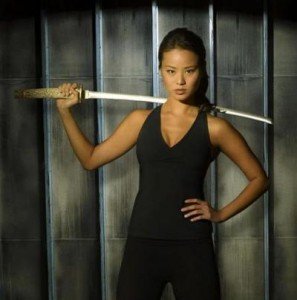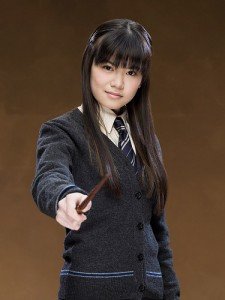I hear rumors they’ll be starting to film the second rebooted Star Trek film in January.
I watched the original Star Trek (the classic edition) as a child, mostly on afternoon repeats. Bones was my favorite, but as a girl, watching Uhura every week be an officer on a starship meant a huge amount to me because it meant I wasn’t crazy to think that was something I could dream about.
In later years I watched The Next Generation and what came to be my favorite of the Treks, Deep Space Nine. I even watched as much Voyager as I could stand, although I’ve never seen Enterprise. I’ve also watched all of the films. But of course the original Trek had the greatest impact on me because it was unusual in its day. It pushed the envelope.
So you can imagine my disappointment when “rebooting” Star Trek really didn’t mean rebooting the vision. It just meant most of the same 20th century conceptions only with young actors, better CGI, and a plot that didn’t quite hold up.
Did I really reach this age and be forced to watch the young James Kirk as a rebellious, impulsive boy racing a car in a chase scene down a road? Seriously? That’s it? That’s my reboot?
I wish they had let ME reboot Star Trek.
Let me start with my fantasy cast.
Ensign Jamie Kirk should obviously be played by someone young, smart, kickass, tough, and hot. A bit of a rebel. Yeah, like this.
(Zoe Saldana)
Spock is always a difficult choice, and in this case older than the others, but that’s okay as the most important qualification is present: She’s Jewish.
(Sophie Okonedo)
Given Hollywood’s evident belief in the interchangeable nature of Asian-Americans, I thought for Sulu it would be okay to go for a Korean-American with some martial arts experience.
(Jamie Chung)
As for Scotty, since no one can really replace James Doohan in that role, I felt the best bet would be to insist the person actually be Scots, to get the accent right.
(Katie Leung)
As I mentioned above, Bones (L. McCoy) was my favorite character. Who should play the doctor?
(Freema Agyeman)
That leaves us with the iconic Uhura, a name taken (according to Wikipedia, so correct me if I’m wrong) from the Swahili word for freedom, Uhuru. I loved Nichelle Nichols in that ground-breaking role. So I’d like to make sure that the role is played by someone the writers will give a lot of screen time to, so the role isn’t given short-shrift or downplayed as a love interest. Uhuru it is.
(Chris Pine)
You’ve noticed I’m missing Chekhov (Walter Koenig was so safely CUTE to my pre-teen eyes). Probably because the whole OMG-they-have-a-Russian-guy-on-the-same-ship-despite-the-Cold-War vibe isn’t quite so startling now.
That’s where you come in. Whom would you cast as Chekhov? And why? Or would you change out Chekhov for a different character? And if so, why?






